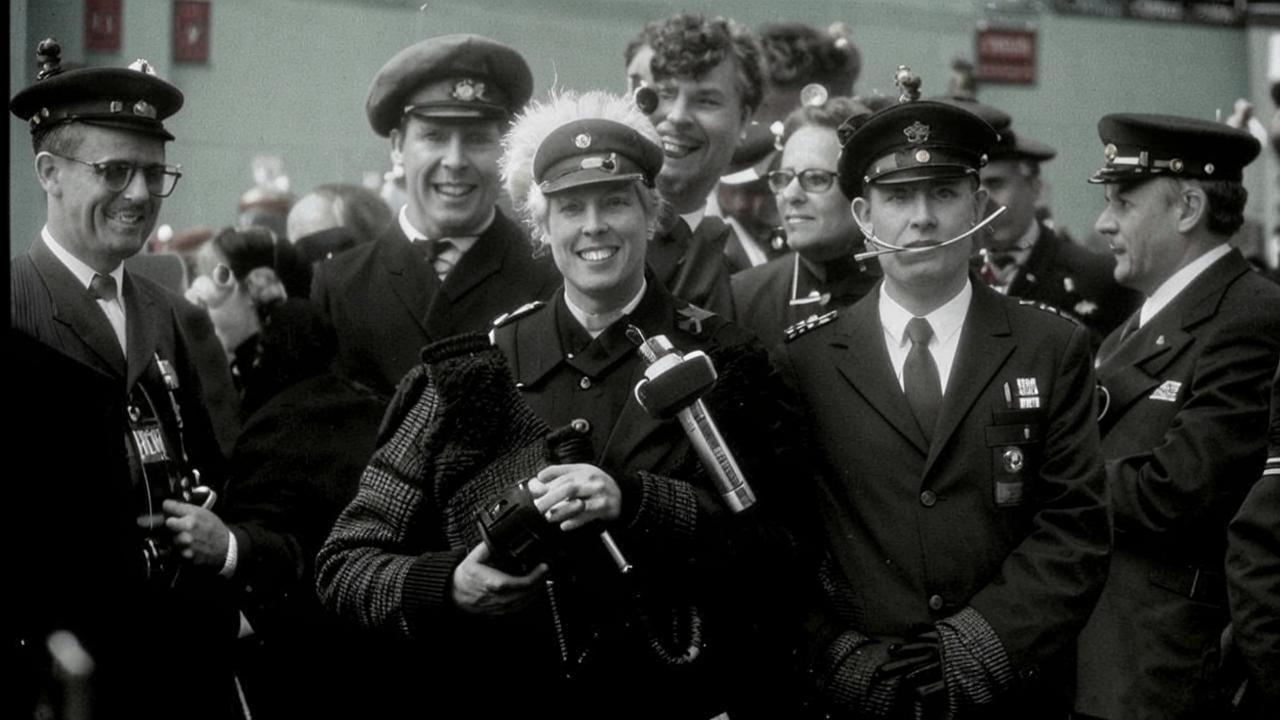
fitness trainer
“Adulthood is the perfect time to start practicing yoga. It is a philosophy with thousands of years of history, combining a set of physical exercises, breathing techniques and concentration practices.”
As the years pass, the body becomes weaker and its recovery slows down. The reason is that we don’t move enough, and gradually muscles lose strength, shrink in size and lose endurance. This leads to decreased muscle mass, slower metabolic rate, exacerbation of chronic diseases, blood pressure spikes, spine and joint problems.
Yoga helps you stay in shape and keep your inner balance. Stiffness, slight swelling, morning stiffness and chronic joint and back pain are eliminated. This is why it is simply essential to stay active in old age.
Not everyone loves fitness, and yoga in this case will be a great alternative to be healthy and increase the active life span. The practice is not against old age, on the contrary, it gives a person tools and ways to live a full and fulfilling life in all its periods. If you used to lead a sedentary lifestyle, yoga will make you more active, and if you have always been in motion and racing, it will teach you to slow down and feel the moment.
Benefits of yoga for the elderly
- The balance of strength and energy is restored.
- Muscles are strengthened, and ligaments and tendons become more elastic.
- Blood flow and oxygenation of the blood, as well as the brain and other organs are normalized.
- Posture is equalized and flexibility is improved.
- Bones, joints and ligaments are strengthened.
- Strength and endurance are increased.
- The nervous system, immune system and GI tract are improved.
- Depression and anxiety are reduced.
- Blood pressure is stabilized.
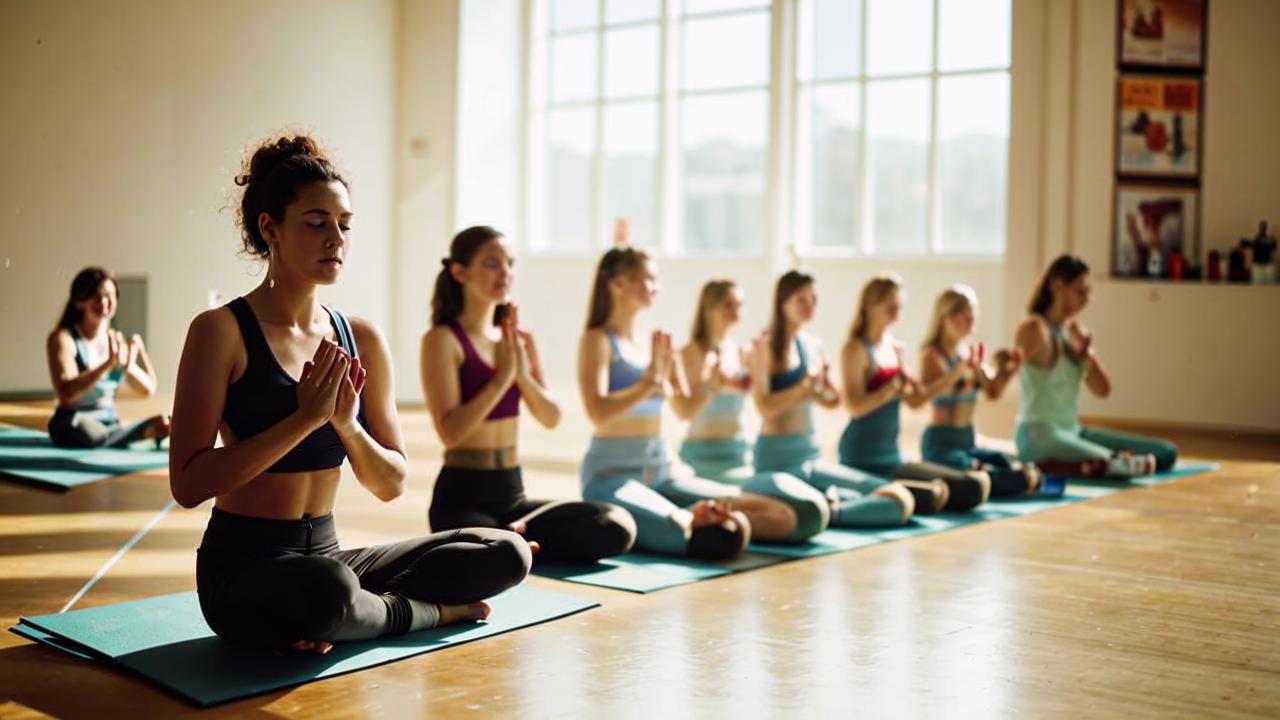
Differences between yoga and exercise
A 2016 article in the journal International Review of Psychiatry compared yoga and exercise. Both systems are similar in that they promote health and well-being, but there are significant differences. The former emphasizes not only exercise, but also breathing practices, maintaining awareness during exercise, and mastering certain asanas (poses).
The ancient Indian system is also aimed at harmonizing the emotional state, because a calm and peaceful mind is the first and main step to good health. These are just some of the elements that distinguish the practice of yoga from classical workouts.
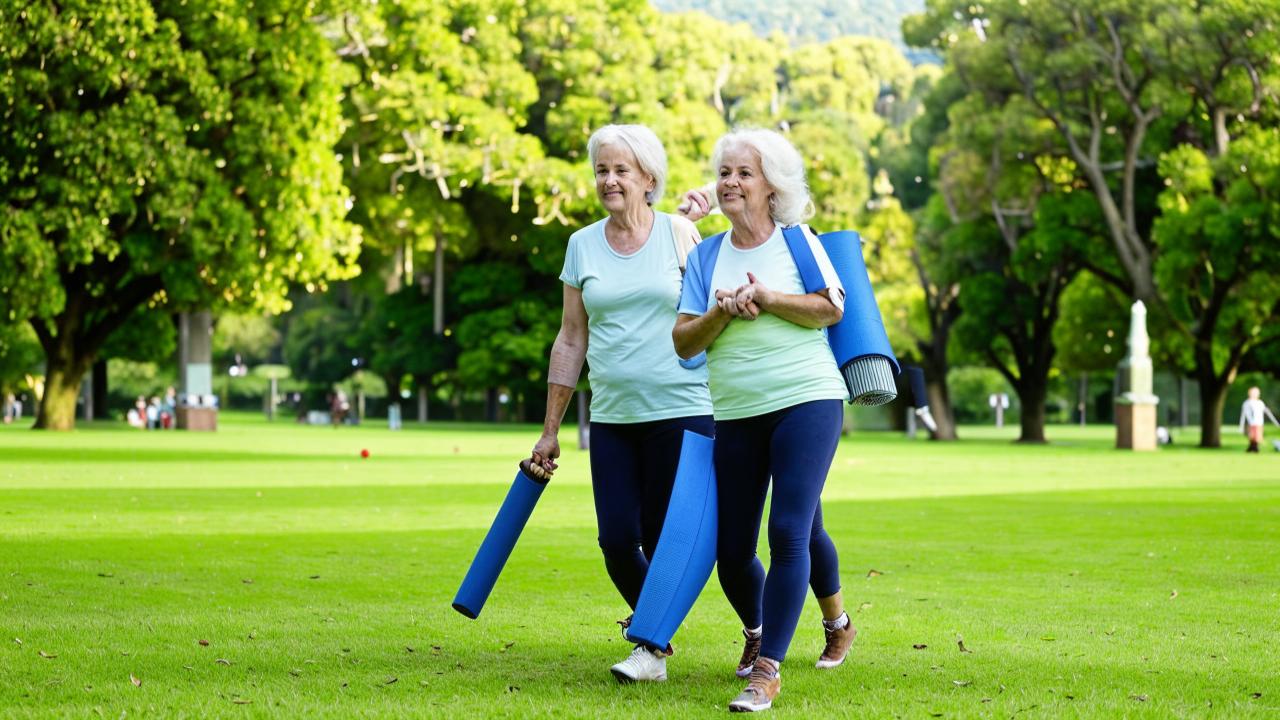
Scientists’ opinion on yoga
In 2021, a study on Yoga and Bone Health was published in the scientific journal Orthopaedic Nursing. Researchers found that yoga reverses bone mass loss and strengthens bones. It can also improve posture, increase joint mobility, and improve coordination and strength.
In 2017, The Journal of Alternative and Complementary Medicine, a scientific journal, published a study that examined the effects of yoga on adult mental health. Yoga was found to significantly improve psychological well-being. However, the scientists concluded that any other physical activity is also beneficial to mental health.
In 2019, the American Academy of Family Physicians published an article on how yoga affects depression and anxiety disorders. Researchers concluded that yoga as monotherapy or adjunctive therapy has a positive effect on depression. Yoga also facilitates the treatment of anxiety and panic disorders, but only as a complementary therapy.
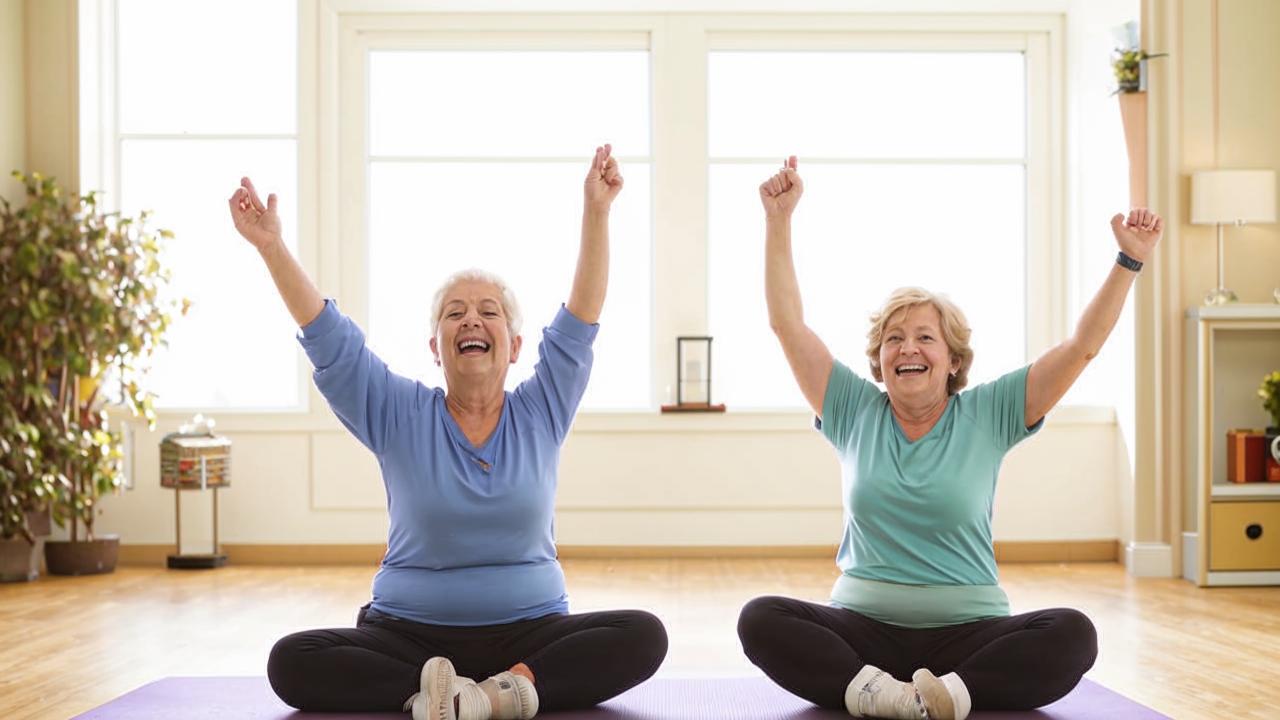
How can a beginner practice yoga safely?
It is important to consider your condition and adapt your yoga practice to your current level. As a rule, all asanas for older adults are performed gently and gently. It is recommended to start mastering yoga under the guidance of an experienced instructor. This will help to avoid injuries and give a visible effect from the classes.
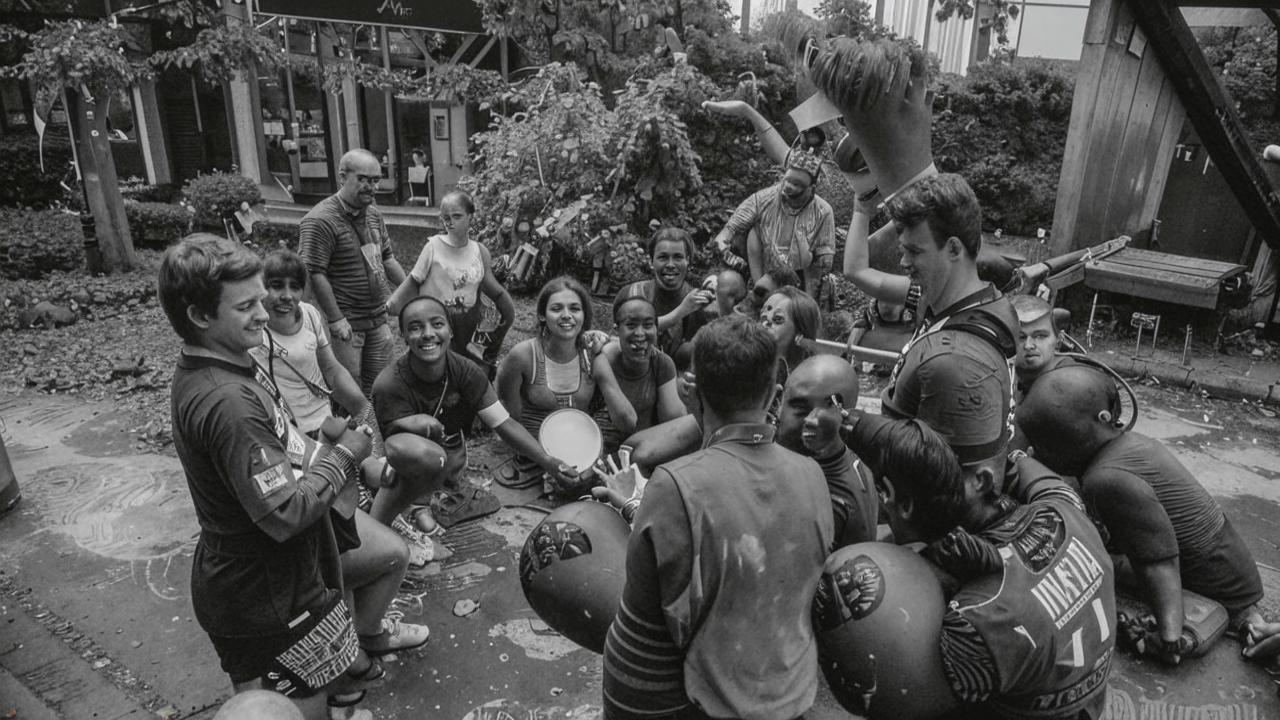
Yoga instructor
“Yoga classes at a respectable age should start with simple asanas in a small amplitude of movement. Asana is a static position that can be perceived as a complete exercise. Breathing practices should also be performed carefully, relying on the sensations in the body. You can devote 5-10 minutes to yoga in the morning instead of exercising. This may be enough for good health. If you want to go deeper, you need two or three full classes a week.
What’s important to know before starting a practice?
- If you’re new to yoga, limit yourself from strong twists, headstands and lower back bends.
- Use yoga cubes or any support for asanas that require bending and flexing.
- Watch your breathing. Proper breathing is one of the basic elements of yoga. Practice in a quiet and peaceful environment so that you are not distracted by anything. Turn off the sound on your phone.
- Exercise two to three hours after eating.
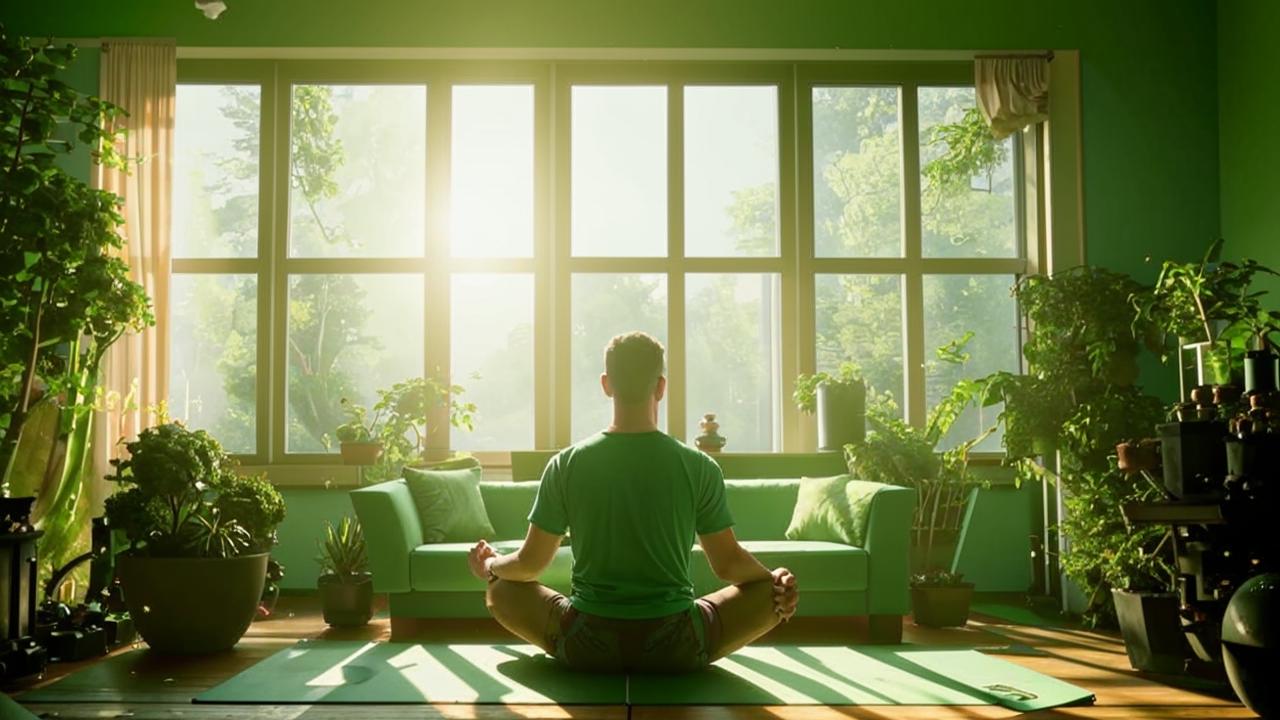
4 asanas for seniors from a yoga instructor
Cat-Cow
Technika
- Stand on all fours. Keep the body straight. Distribute the load evenly on the knees and arms.
- Arms straightened at the elbows, are strictly under the shoulders. Fingers are brought together and look forward.
- The distance between the knees is two fists. The hips and shin form a right angle. The heels are joined together and the feet rest on the insteps.
- As you inhale, arch your back downward, tilting your head upward as much as possible.
- As you exhale, arch your back upward, pushing your tailbone underneath you. Lower your head down, trying to reach your chin to your chest. Pull your stomach inward.
Execute for three to five minutes.
Mountain pose
Technika
- Stand up straight, join the feet so that the heels and big toes touch. The toes are stretched out. It is important to distribute the body weight evenly on the surface of the feet. Imagine that you have roots growing out of your feet and you are “rooting”.
- The legs are straightened and tense. Now tense the knees by tightening the kneecaps.
- Straighten your spine, pull your belly up, bring your chest forward, and “open” your shoulders. Straighten the neck, slightly tilting the chin to the chest.
- In the classic version of the mountain pose, the arms are stretched up above the head. But you can fold them at chest level or lower them down at the sides of the torso.
- Extend the arms up through the sides, palms facing each other. Push the floor with the feet and pull the whole body upwards following the arms.
- Keep the position for 30-60 seconds, breathing evenly. When finished, take a deep breath and relax.
Perform several repetitions for 30-60 seconds.
Uttanasana
Technika
- Put the feet together, resting on their outer edges. Then tense the front surface of the thigh and tighten the kneecaps.
- On the inhale raise the arms up, the neck is long, shoulder blades and shoulders are lowered.
- On the exhale, bend over with a straight back, touching the floor with the hands. Then fold to the feet, moving the palms of the hands to the feet.
- If the back of the hips are not stretched enough and the back begins to round, bend the legs at the knees, rest the belly on the hips, pull the back and then, gradually straightening the knees, folding more strongly to the legs.
Perform several repetitions of 30 seconds each.
Warrior pose
Technika
- Starting position – standing, arms along the body.
- Take a wide step forward, feet – at a distance of about a meter from each other.
- Bend the left knee at an angle of 90 degrees, it should not go beyond the toe. The right leg is stretched back, the heel is on the floor, the foot is turned 45 degrees to the right.
- Raise your arms above your head and stretch them upwards.
- Hold the pose for 5-10 breathing cycles.
- Return to the starting position, and then repeat on the other side.
Execute for two to three minutes.






